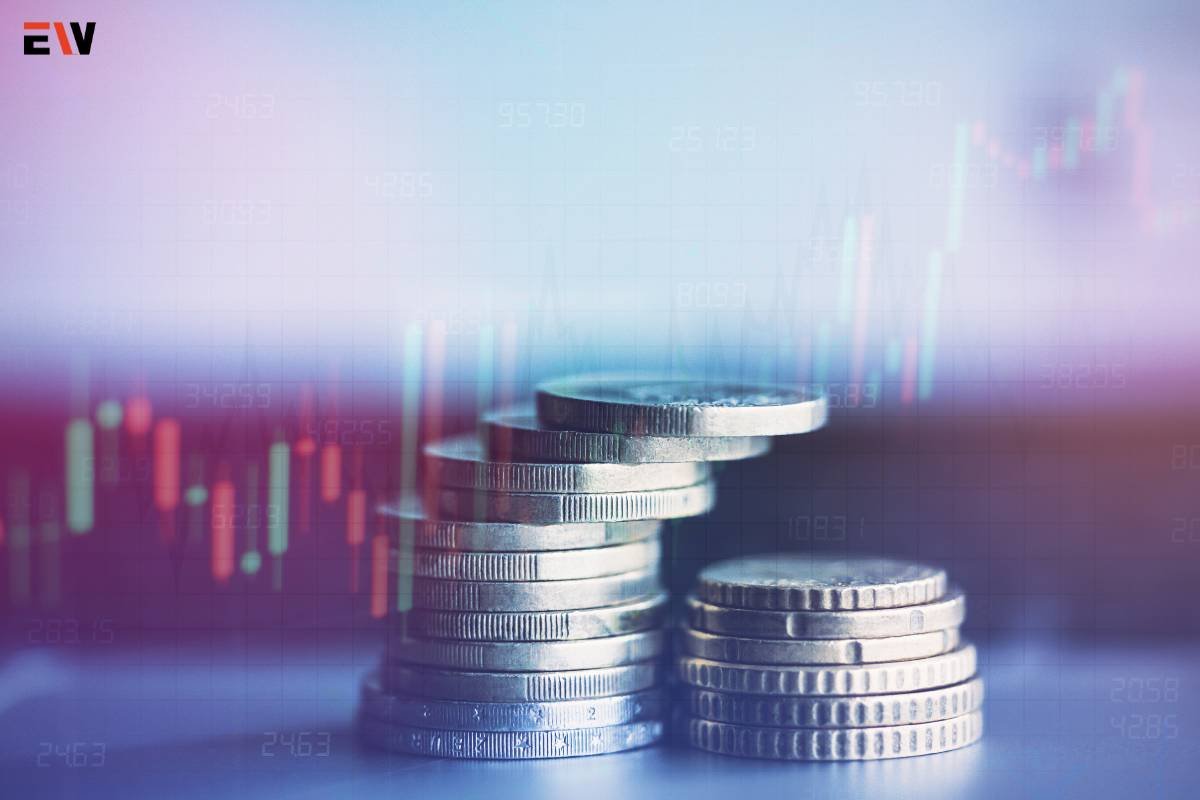Elasticity of demand is a fundamental concept in economics that plays a pivotal role in understanding how changes in price impact the quantity demanded for a particular good or service. This comprehensive guide delves into the intricacies of elasticity of demand, examining its definition, types, determinants, and real-world applications, shedding light on its significance in economic decision-making.
Understanding Elasticity of Demand
Definition
The elasticity of demand measures the responsiveness or sensitivity of the quantity demanded of a good or service to changes in its price. It quantifies how much the quantity demanded changes in response to a percentage change in price.
What are its Types?
1. Perfectly Elastic Demand (Ed = ∞)
In a perfectly elastic demand scenario, any increase in price leads to a complete loss of quantity demanded. This extreme case is rare in the real world and is often associated with goods with readily available substitutes.
2. Perfectly Inelastic Demand (Ed = 0)
Perfectly inelastic demand implies that quantity demanded remains constant regardless of price changes. Essential goods, like life-saving medications, are often considered perfectly inelastic.
3. Elastic Demand (Ed > 1)
Elastic demand indicates that quantity demanded is highly responsive to changes in price. Consumers tend to reduce their quantity demanded significantly when prices rise and increase it substantially when prices fall.
4. Inelastic Demand (Ed < 1)
Inelastic demand implies that quantity demanded is not highly responsive to price changes. Essential goods, like gasoline, often exhibit inelastic demand, as consumers continue to purchase them despite price fluctuations.
Determinants of Elasticity of Demand
1. Availability of Substitutes
The presence of close substitutes increases the elasticity of demand, as consumers can easily switch to alternatives when prices change.
2. Necessity vs. Luxury
Necessities often exhibit inelastic demand, as consumers are less responsive to price changes for essential items. Luxury goods, on the other hand, tend to have more elastic demand.
3. Proportion of Income Spent
Goods that constitute a significant portion of consumers’ income tend to have more elastic demand. Small price changes have a larger impact on the budget, leading to a more significant response.
4. Time Horizon

Elasticity may change over time. In the short run, consumers might be less responsive to price changes, while in the long run, they can adjust their behavior and preferences, making demand more elastic.
Real-World Applications
1. Gasoline Prices
The demand for gasoline is often inelastic in the short run, as consumers may continue to purchase it despite price increases. However, in the long run, as consumers explore alternative modes of transportation or fuel-efficient vehicles, demand becomes more elastic.
2. Luxury Goods
Products such as designer clothing or high-end electronics typically have elastic demand. Consumers are more likely to reduce their purchases when prices rise, as these goods have readily available substitutes.
3. Healthcare Services
Certain healthcare services, especially those deemed necessary or life-saving, exhibit inelastic demand. Patients may continue to seek medical treatments even if the costs increase.
4. Fast Food
The demand for fast food is often elastic. As prices rise, consumers may opt for lower-cost alternatives or prepare meals at home. Fast-food chains frequently adjust prices strategically to maintain customer loyalty.
Significance in Economic Decision-Making
1. Pricing Strategies
Understanding the elasticity of demand helps businesses set optimal prices. In elastic markets, lowering prices can lead to increased revenue, while in inelastic markets, businesses may capitalize on higher prices.
2. Tax Policies
Governments consider elasticity when implementing tax policies. Goods with inelastic demand, such as cigarettes or certain necessities, may be subject to higher taxes without significantly impacting consumer demand.
3. Revenue Maximization
Businesses aim to maximize revenue, which involves finding the right balance between price and quantity. Elasticity guides businesses in determining the optimal pricing strategy to achieve maximum revenue.
4. Market Competition
Elasticity of demand influences market competition. In elastic markets, businesses must continually innovate and offer competitive prices to attract consumers. In inelastic markets, companies may have more pricing power.
5. Government Subsidies
The understanding of the elasticity of demand is crucial for governments when deciding on subsidies. In cases where certain goods, like public transportation or basic food items, exhibit inelastic demand, governments may consider subsidizing them to ensure affordability and accessibility for the general population.
6. Consumer Surplus and Deadweight Loss

Elasticity plays a role in analyzing the impact of taxes and subsidies on consumer surplus and deadweight loss. In elastic markets, taxes may lead to a significant reduction in the quantity demanded, resulting in a larger deadweight loss. Conversely, in inelastic markets, taxes may lead to a smaller reduction in quantity demanded and a smaller deadweight loss.
7. Elasticity and Elasticity Income Taxes
The concept of elasticity is integral to understanding how income taxes impact different income groups. In progressive tax systems, where higher-income individuals face higher tax rates, the elasticity of demand for luxury goods becomes relevant. Higher tax rates on luxury items may not significantly reduce the quantity demanded by high-income individuals, leading to increased tax revenue.
8. Investment Decisions
Businesses considering long-term investments, such as the development of new products or expansion into different markets, must take elasticity into account. Understanding how elastic or inelastic demand is likely to change over time helps businesses make strategic decisions that align with market dynamics.
9. Elasticity in Online Markets
The rise of e-commerce has brought new dimensions to elasticity considerations. Online markets often exhibit more price sensitivity due to the ease with which consumers can compare prices across different platforms. Businesses operating in online spaces need to be particularly attuned to the elasticity of demand to remain competitive.
10. Supply Chain Management
The elasticity of demand is a critical factor in supply chain management. Businesses need to anticipate changes in demand accurately to optimize inventory levels, production schedules, and distribution channels. In elastic markets, where demand is highly responsive to price changes, supply chain adjustments must be swift and flexible.
11. Global Trade and Exchange Rates
Elasticity is a key factor in understanding the impact of exchange rate fluctuations on international trade. For goods with elastic demand, changes in exchange rates can significantly affect demand patterns. A depreciating domestic currency may make exports more competitive in international markets, leading to an increase in the quantity demanded.
12. Dynamic Pricing Strategies

Businesses that adopt dynamic pricing strategies, adjusting prices in real-time based on demand and market conditions, heavily rely on the concept of elasticity. Dynamic pricing algorithms often analyze historical data and elasticity of demand to set optimal prices, maximizing revenue and maintaining competitiveness.
13. Behavioral Economics Considerations
The elasticity of demand is influenced not only by price changes but also by psychological and behavioral factors. Behavioral economics explores how individuals make economic decisions, considering factors like loss aversion, cognitive biases, and social influences. The interplay of elasticity and behavioral economics provides a nuanced understanding of consumer responses to price changes.
14. Technological Advancements and Elastic Markets
Technological innovations can disrupt markets and alter elasticity dynamics. The introduction of new technologies or products can render existing goods obsolete, leading to shifts in demand elasticity. Businesses must anticipate and adapt to these technological advancements to remain competitive.
15. Sustainability and Elasticity
The growing emphasis on sustainability and environmentally friendly products introduces a new dimension to elasticity considerations. Goods and services with eco-friendly attributes may exhibit different elasticity patterns, as consumers increasingly prioritize sustainability in their purchasing decisions.
Conclusion
The elasticity of demand stands as a cornerstone in economic analysis, influencing a myriad of decisions in both the public and private sectors. Its implications extend to taxation policies, investment decisions, supply chain management, and even the rapidly evolving landscape of online markets. As the global economy continues to evolve, with technological advancements, shifting consumer preferences, and an increasing focus on sustainability, the role of elasticity in decision-making becomes even more pronounced.










